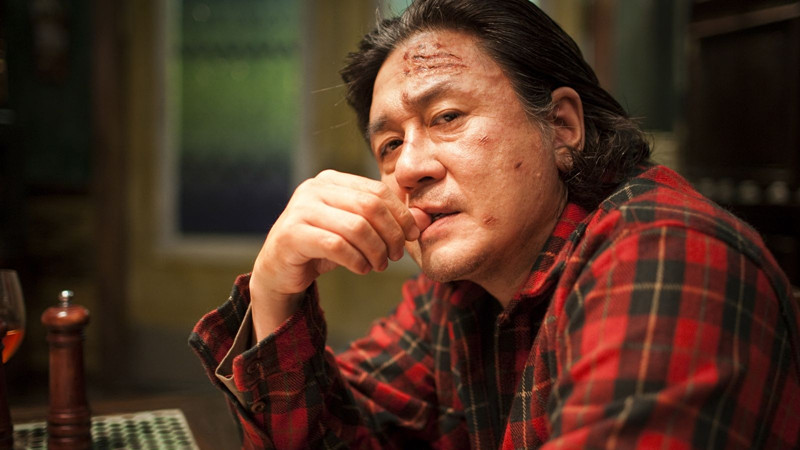
The world births without reason and dies without it. This existential fear has worried intellectuals and scholars through the ages and the final answer is still waiting. In an insane world where no answer is guaranteed, evil finds its way to evade justice.
The only way out is hedonism, to forget the chaos of the world and enjoy the exuberance while it lasts. Nietzsche, the poster boy for nihilism, thought of a positive response to this worldly condition, but his positive nihilism is more of an ideal than a reality. The reality is Marque De Sadist, where the world is reigned by primordial guilt and bleak violence. Without further ado, here are the 10 bleakest endings of all time:
1. Chinatown (1974)
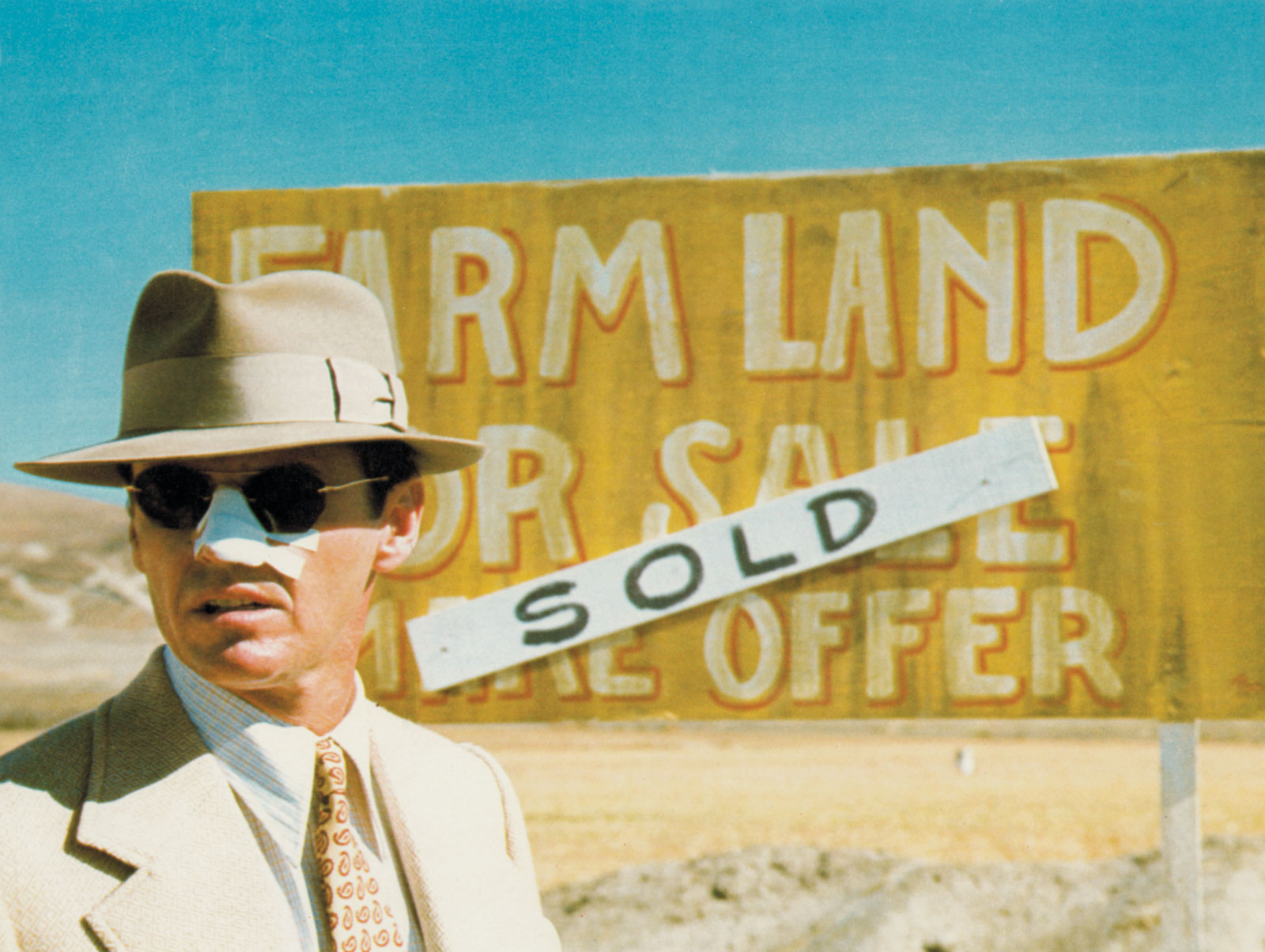
“Forget it, Jake. It’s Chinatown.” If bleakness and negative nihilism are thought to have a cinematic representative, then there is no worthy contender than “Chinatown.” It is difficult to find people who haven’t seen Polanski’s excellent noir film “Chinatown” and more difficult to find them who haven’t even heard of the closing line of the film.
The ending of “Chinatown” represents everything that is wrong in our world in a single scene. In the wake of capitalism, the deep pockets are the almighty and law and justice are their pawns. Detective Jake Gittes, immortalized by the acting performance of Jack Nicholson, had a tragic past with Chinatown that is unrevealed in the film, and at the film’s end, once again Gittes understands that nothing has changed with Chinatown; it still is the den of corruption and injustice where the criminals are the most powerful and out of range for the criminal and justice department.
Worse is that his acquaintances at work convince Jack to sacrifice his conscience and accept this unchangeable truth about Chinatown. A powerless Jack watches from a distance as the police murder Evelyn Mulwray at the order of her father and molester, the wealthy businessman Noah Cross, while sexual predator Noah takes away his granddaughter cum daughter as his next victim after Evelyn.
2. Taxi Driver (1976)
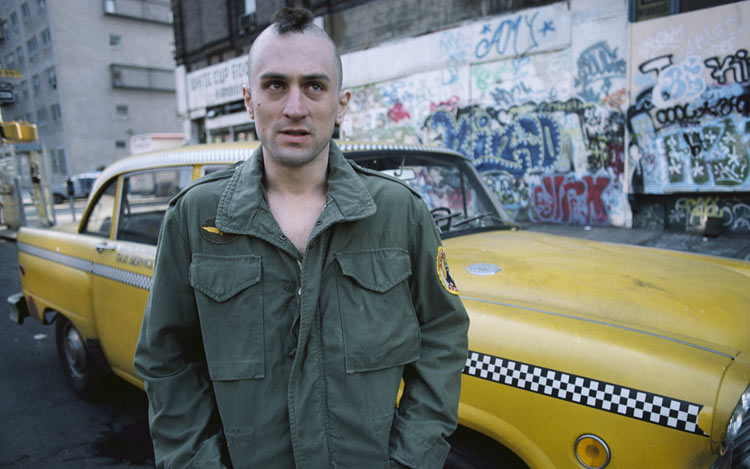
The legacy of “Taxi Driver” is becoming more resolute with every passing day. With the latest comic book movie “Joker” throwing great shade at the former film in its treatment, the question of violence and insanity in an unjust world is prominent than ever.
The world is unfair, without a doubt, but how fair is the citizen who takes the law in his own hands? If a deranged Vietnam war veteran, adamant on purifying New York City all alone, who engages in a shootout with the pimp of a local brothel, is a hero to the justice system, then his previous failed plan to assassinate a senator has also to be regarded as high esteem. After all, both are the product of the same mind, only one is successful and the other is not.
But Scorsese deliberately shows New York City as society of scum and the viewers can sympathize with Travis’s emotion – “I think someone should just take this city and just… just flush it down the f***in’ toilet.” In most cases, these sentiments wouldn’t arise in a jolly, happy person’s mind and Travis’s loneliness is a big stimulant for this condition. Then the frailty to communicate with people has to be treated with great attention, especially when Travis shows the hint of his unchanged nature in the last scene.
3. The Birds (1963)
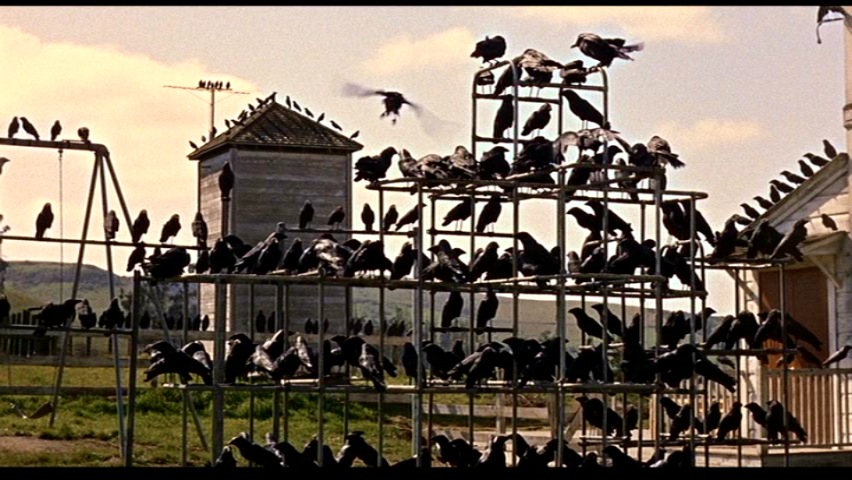
Alfred Hitchcock was never shy at portraying bleak scenarios in his films. They are always full of murder, jealousy, adultery, and the crimes are often unpunished. But “The Birds” was a nobility; in it, Hitchcock mixed environmental concerns with his trademark mainstream entertainment and thrill. When Melanie Daniels visits the home of defense attorney Mitch Brenner in Bodega Bay with a new pair of love birds to gift him, the city’s gulls become excessively violent.
Not only the gulls, but slowly the American crows and sparrows start to invade the household where Melanie is staying. Here Hitchcock is at his level best at black comedy with the thrill of a B-movie picture. The attack of the birds is nothing a physical allegory to the romantic and sexual spark between this budding couple and when Mitch and Melanie escape the area in Melanie’s car, the birds continue perching and screaming. The future is very bleak.
4. I Saw the Devil (2010)
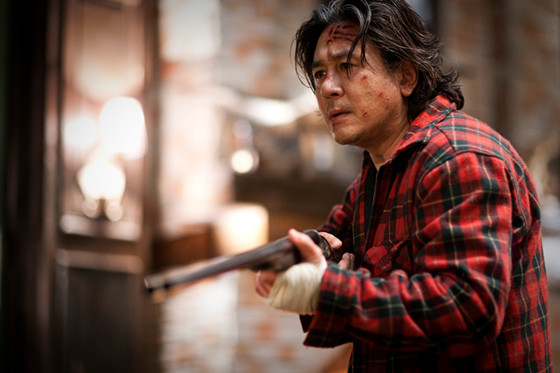
The distance between good and evil is always very tiny and it fades away in special circumstances. Like “Taxi Driver,” “I Saw the Devil” brings out the question of amoral punishment – if a dangerous criminal gets an equally pernicious punishment, then where is the difference between them? Jang Kyung-chu is an academy bus driver by profession and a cannibalistic murderer by desire.
He uses his job to carefully select his victims, whose meat he feasts on, and no one can stop him. He also has a sadomasochistic pleasure in inflicting pain on his victims. But when he murders the wife of an NIS agent, a cat-and-mouse game begins between these two.
Jang is ruthless and evil personified. It is difficult to defeat this inhuman beast with physical powers, but Kim Soo-hyun is a worthy contender. Traumatized by the killing of his wife, he tracks down Jang but doesn’t kill him instantly. Rather, he chooses to instill fear in the psycho’s mind by incapacitating his organs one by one. It is not long before that the viewers will find it difficult to determine who the real psycho is. Jang is evil by nature, but Kim chooses it. The end is too gruesome to watch, but the bleaker truth that “I Saw the Devil” projects is that evil finds a way in people; it only changes its medium but stays in the world.
5. Requiem for a Dream (2000)
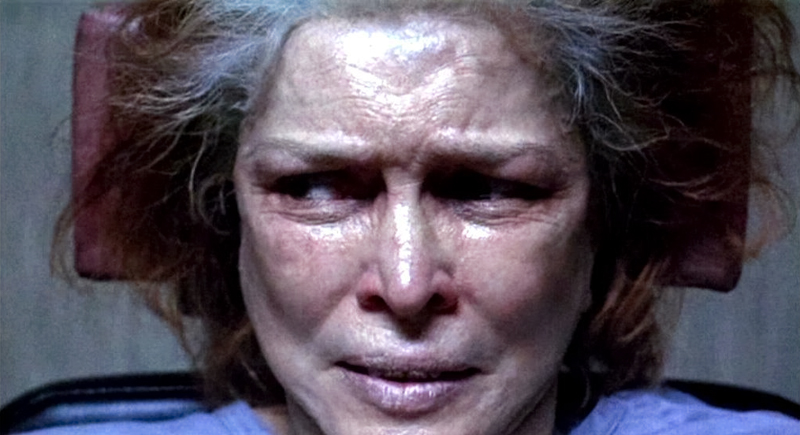
It’s difficult to watch “Requiem for a Dream” for a second time. That’s not because of the quality of the film; the film is excellent, but the excellence of the film is connected to the bleakness of the cinematic reality that Darren Aronofsky has decided to portray. “Requiem for a Dream” shows the destructive results of addiction: no addiction is good addiction, everyone is vulnerable to it regardless of their age, and it grapples our life and threatens to shatter it.
Here we have four protagonists: three of them are addicted to heroin and a mother figure is addicted to excessive television consumption. Drug and television, or any addiction that affects the nervous system, is dangerous in distorting the psychological reality if overdosed, and that is what happens to them. Aronofsky uses multiple techniques to increase the restlessness of the viewers: split-screen, extreme close-up, fast editing, hip-hop montage, and brilliant use of low-frequency gyrating music.
The film is most effective because in the first quarter of the film, their perfect harmonized life is shown and in the last quarter, everything went south. In the end, everyone endures unimaginable pain, but all still think of a perfect happy life in their distorted mental state. Nothing can be more bleak than that.